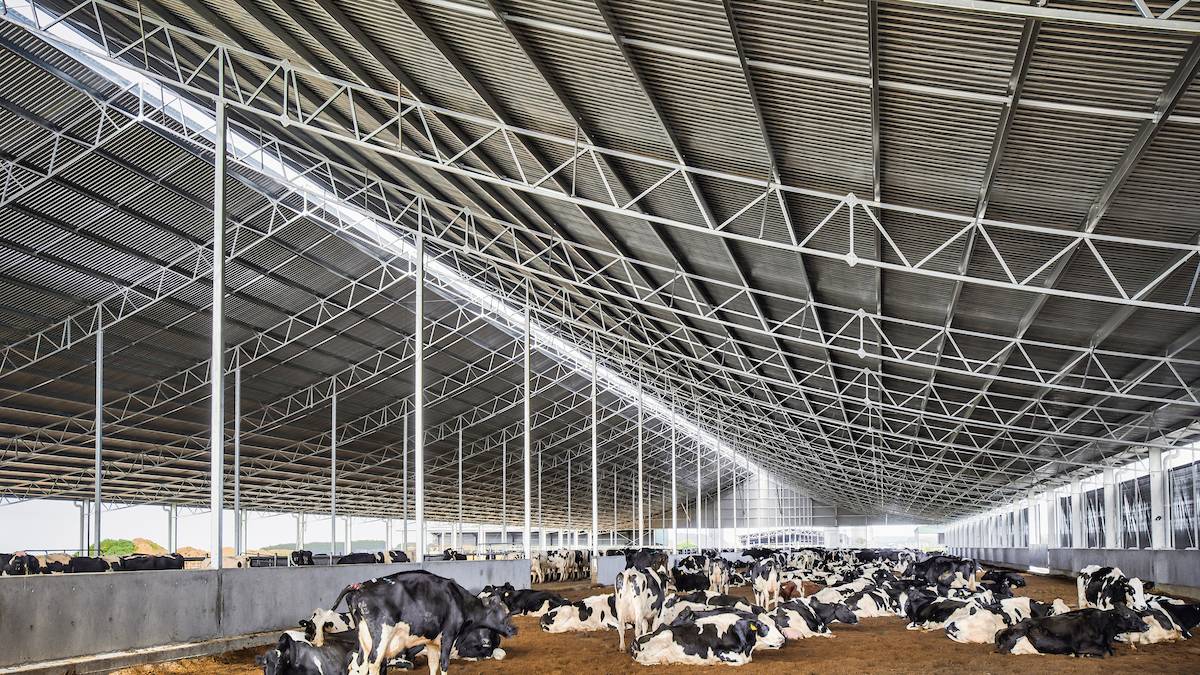People widely love dairy products like milk, yoghurt, cheese, and ice cream. However, it is important to understand that all dairy is not the same. Consuming organic dairy products is a good way to avoid certain antibiotic, synthetic growth hormones, and pesticides. Organic milk also tends to have higher levels heart-healthy omega-3 fatty acids.
As Richard Ghilarducci points out, the popularity of organic dairy products has significantly surged over the years due to the growing consumer demand for organic and healthier food options.
Richard Ghilarducci talks about organic dairy
Cows in organic dairies are pasture raised, with an increased focus on the health and natural behavior of livestock. Organic farmers have to adhere to certain unique regulations to make sure that milk is produced in a sustainable manner, while keeping the health and well-being of both the cows and consumers in mind.
While the differences between an organic dairy and a conventional dairy are many, their key distinctions are associated with what the cows eat, where they spend their time, and how they are treated if/when they get sick. Organic standards of production help in making sure that the cows are happier and healthier, which translates into the quality of their milk, which is healthier for consumers.
Living conditions for organic livestock necessitate the accommodation of their health and natural behaviors by organic farmers. It is imperative that these animals have year-round access to the outdoors, along with provisions such as shade, shelter, exercise areas, fresh air, clean drinking water, and appropriate exposure to direct sunlight. The suitability of these conditions depends on many factors such as the species, the animal’s stage of life, prevailing climate, and the specific environment. Moreover, the continuous total confinement of animals within indoor spaces, yards, feeding pads, or feedlots is prohibited in organic farms.
In terms of pasture access, organic livestock is mandated to be grazed for the entire grazing season applicable to the geographical region, which must span a minimum of 120 days per calendar year. The land designated for pasture should be managed in as per organic crop standards to guarantee the availability of sufficient quality and quantity of pasture for grazing. The cows should get a minimum of 30% of their diet from grazing on organic pasture, measured by dry matter intake. The remaining portion of their diet must be entirely composed of organic feed.
The popularity of organic dairy farms has come up, especially in northern California. It is a natural fit for the cool-season, as well as coastal, pasture environment prevalent in the area. Many dairies here are already pasture based and can grow most of their forage in an organic manner. Richard Ghilarducci was among the very first people to recognize the potential of the area just as the organic market gained enough clout to be taken seriously. From the point of view of the producers, it dairies in the region seem to be positioned to take advantage of organic production. Moreover, the San Francisco bay area is the largest organic market in the country, and dairies in the area should leverage that benefit.
